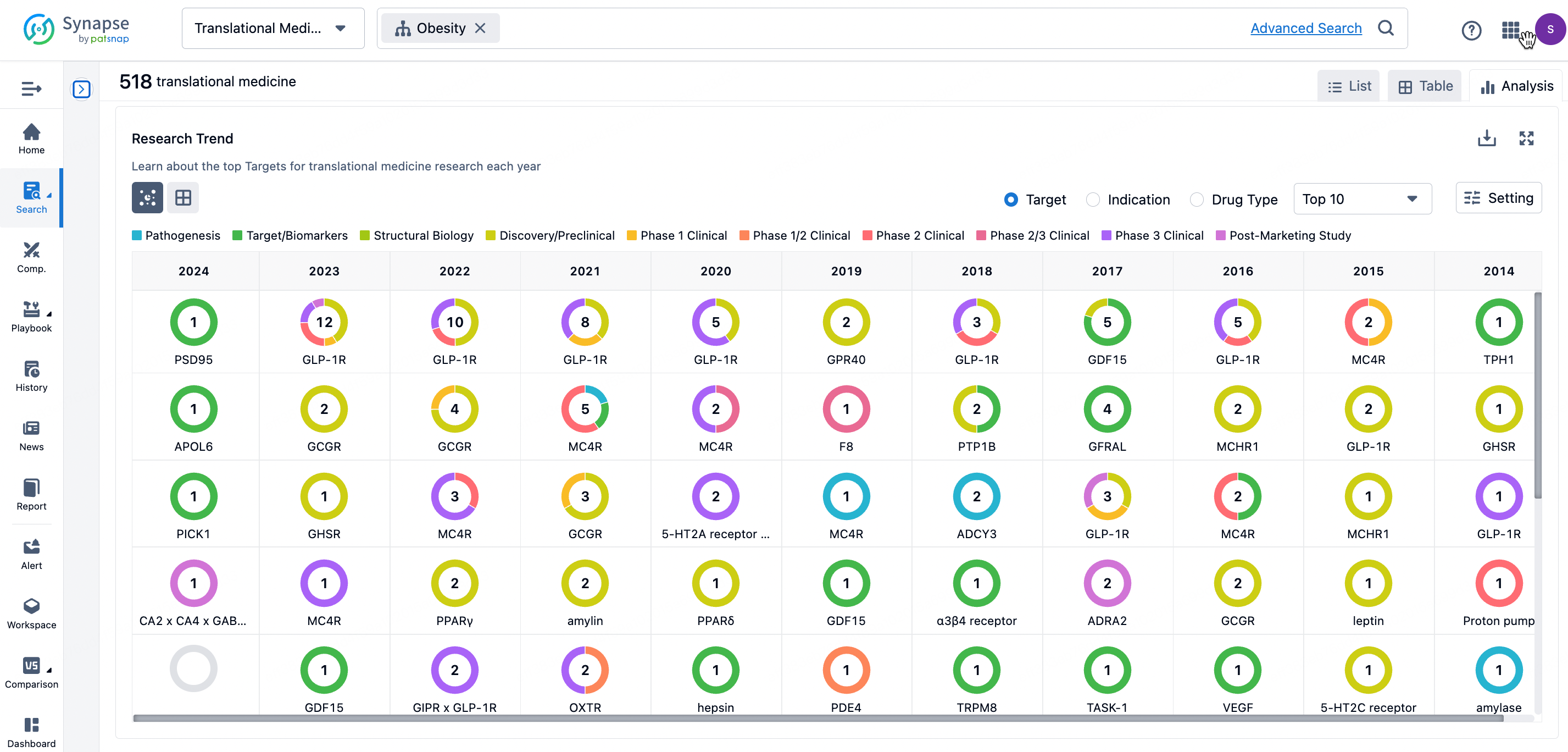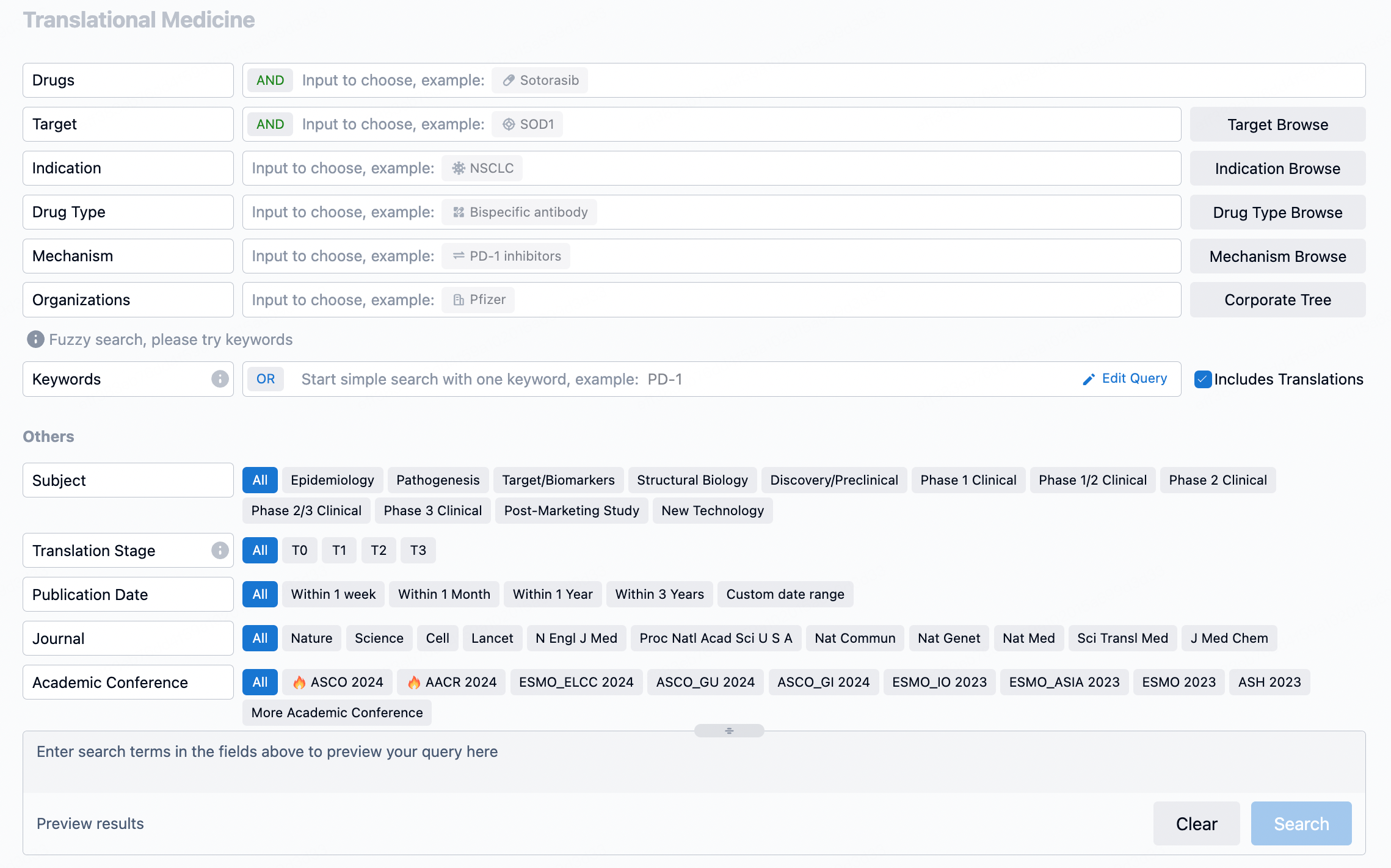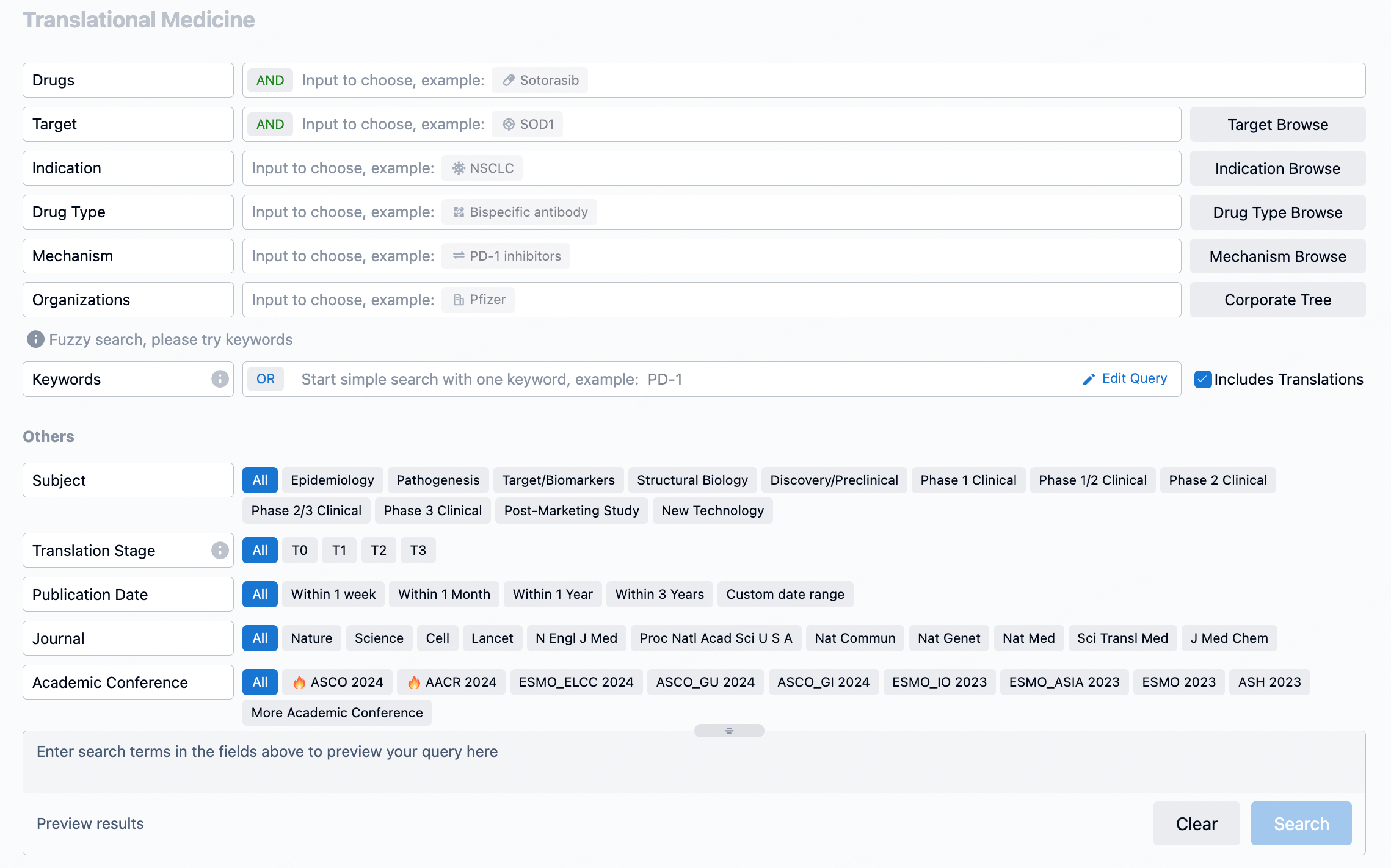Unlocking the Potential of Human CD8 T-cells: The Impact of NB005.1 Anti-KLRG1 mAb
The methodology involves creating monoclonal antibodies (mAbs) that target the extracellular domain of human KLRG1. These mAbs were produced using mouse immunization and hybridoma techniques. The antibodies were tested for their binding potency and ability to block the KLRG1 ligand, as well as their capacity to enhance the effector functions of CD8 T-cells. Functional assays were conducted, including measuring the production of IFNγ or TNFα by KLRG1-positive CD8+ T-cells in various co-culture conditions. A human IgG1-LALA antibody was used as a control, and the potential synergy with PD-1 was also assessed.
The results show that one of the antibodies, NB005.1, exhibited high binding affinity for human KLRG1 on CD8 T-cells and Jurkat cells. Blocking KLRG1 with NB005.1 activated CD8 T-cells and increased IFNγ production, validating the inhibitory role of KLRG1. The same effect was observed when the antibody was used with human peripheral blood mononuclear cells (hPBMCs) stimulated under certain conditions.
In conclusion, NB005.1, a fully humanized monoclonal antibody, binds to KLRG1 with high affinity and effectively blocks its interaction with its ligand. This leads to an enhancement of T-cell effector functions, as evidenced by increased IFNγ production. These findings support the potential of NB005.1 for further preclinical evaluation as a standalone treatment or in combination with existing ICBs.
How to Use Synapse Database to Search and Analyze Translational Medicine Data?
The transational medicine section of the Synapse database supports searches based on fields such as drug, target, and indication, covering the T0-T3 stages of translation. Additionally, it offers a historical conference search function as well as filtering options, view modes, translation services, and highlights summaries, providing you with a unique search experience.
Taking obesity as an example, select "obesity" under the indication category and click search to enter the Translational Medicine results list page. By clicking on the title, you can directly navigate to the original page.

By clicking the analysis button, you can observe that GLP-1R treatment for obesity has gained significant attention over the past three years, with preclinical research still ongoing in 2023. Additionally, there are emerging potential targets, such as GDF15, among others.

Click on the image below to go directly to the Translational Medicine search interface.

